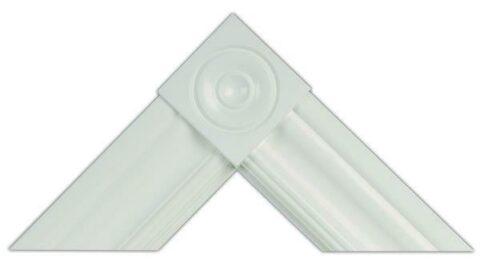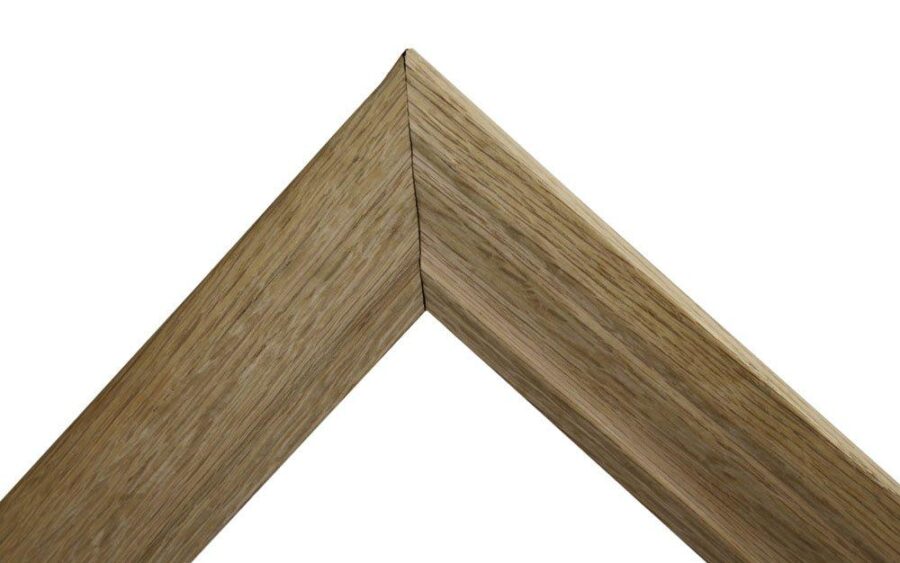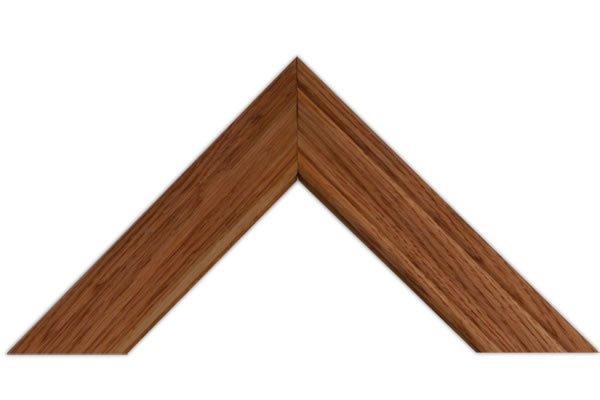One of the big advantages of custom replacement windows is that there are plenty of options to choose how they look and feel in your home.
One of the more obvious ways is through the use of custom casings. Casings are the window trim that goes around the window on the inside of the house. Although their main function is to cover up the space between the frame and the wall, casings are mainly used for decorative purposes.
Depending on the shape, material, or colour used in your windows there are usually three options when it comes to casings:
Vinyl Casings

Made from the same sturdy PVC as your windows, vinyl casing usually comes in white and gives your new windows a clean polished look. A big advantage of vinyl casings is that they don’t have to be repainted and are very easy to maintain and clean. Another advantage of vinyl casings over other kinds is that they can be taken off and put on easily. This is a big plus for any renovation projects down the road.
MDF Trim
Medium Density Fiberboard is made from pressing and gluing wood particles together. This casing usually comes primed or painted white, and can be painted or varnished different colours.
Wood Trim

Wood casings are ideal for matching existing windows, or other wood finishes around your home. These casings can be painted or stained exactly the color you want.
Which brings us around to the point of this post. Because wooden and MDF casings are usually stained and painted to get the desired look, there is some argument as to when in the installation process this should happen.
It may seem like the most practical solution to pre-stain or paint the casings before they go up on the window. But while this gives you the chance to cleanly paint them, the final look may be less desirable. Because these casings need to be nailed to the wall, the nail holes often need to be covered to complete the look. Window installers usually put a little bit of wood filler to cover up these holes. The area then needs to be sanded down and another coat of paint or varnish applied. Even in the best case scenario, this may not always look as neat or finished as casings that get treated right on the wall.
Of course, there is always concern about stain or paint going on or around brand new windows or painted walls. But just like the quality of the window installation itself, everything here relies on the good workmanship of the installers. Good installers will take all the necessary precautions to not only leave the area around the windows clean after staining or painting, but also make sure that the colour of the new casings is even and seamless.
When considering a custom finish for your casings make sure to discuss the process with your product consultant. Some companies provide casings, but don’t always do the staining or painting. Even if you are planning on doing the custom finishes yourself, you’re still better off trying to add the finish after the casing is on. In the end, no one will be as careful with your new windows as you are.
Learn everything you need to know about replacement windows:
Why you can purchase with confidence when you buy from Ecoline Windows
Find out about our full line of vinyl windows
See how much a new window project should cost

